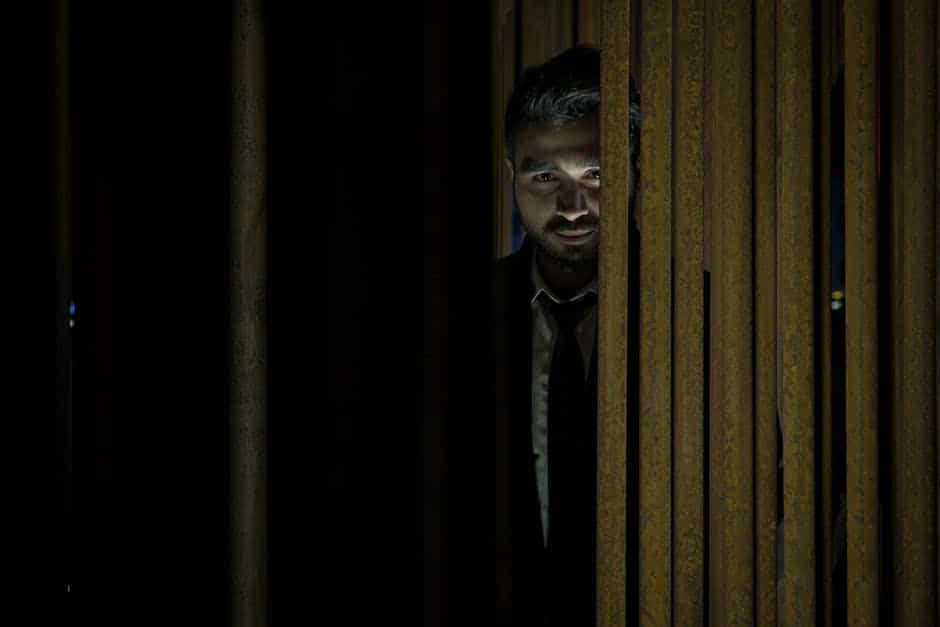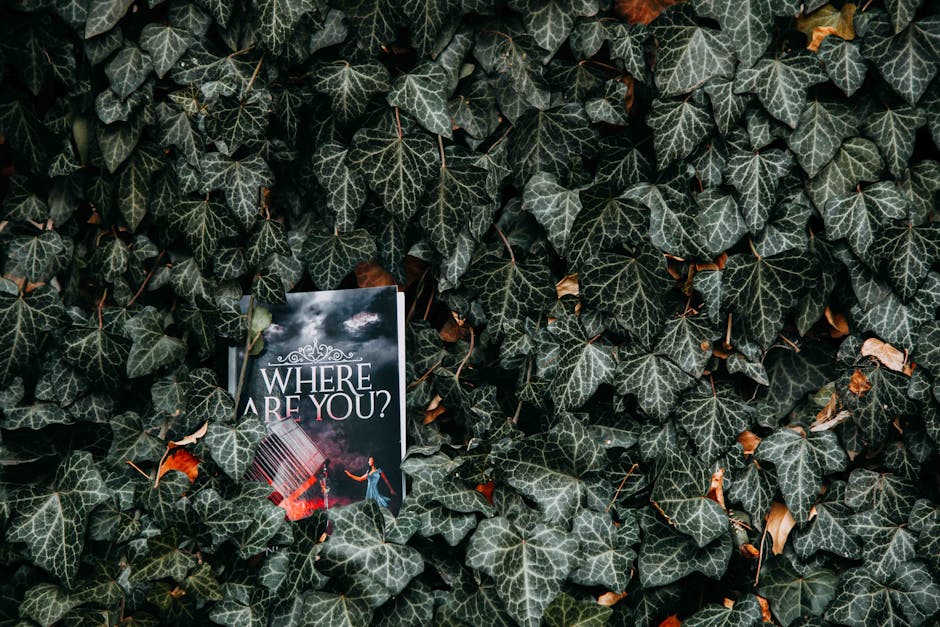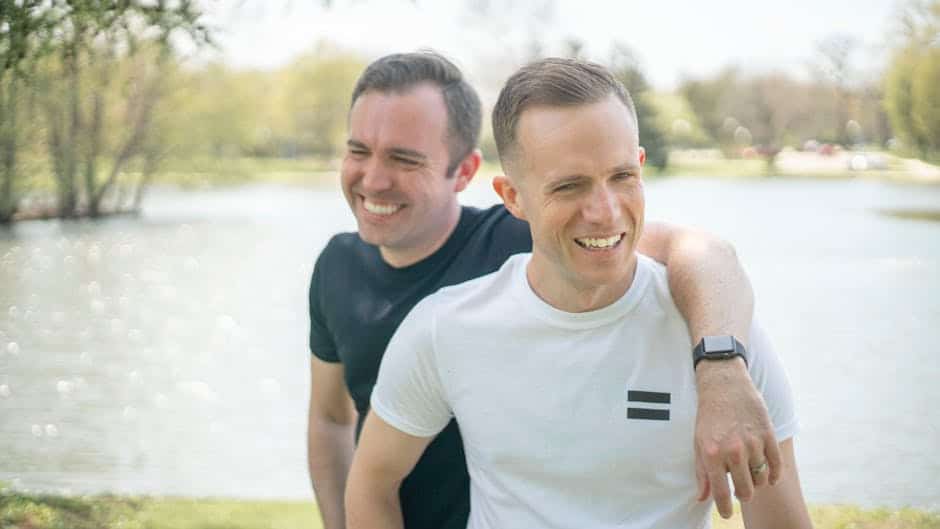Exploring Chicago’s Prohibition Era: Speakeasies and Secret Bars
Chicago’s history is rich, complex, and undeniably intriguing. One of its most captivating chapters unfolded during the Prohibition Era—a time marked by jazz, clandestine gatherings, and the birth of the infamous speakeasy. Join us as we dive into the hidden world of Chicago’s speakeasies and secret bars during Prohibition, exploring their origins, cultural impact, and lasting legacy.
Table of Contents
1. Introduction to Prohibition in Chicago
2. The Rise of Speakeasies
3. Iconic Secret Bars in Chicago
4. The Cultural Impact of Speakeasies
5. The End of Prohibition and Its Legacy
6. FAQs
Introduction to Prohibition in Chicago
In 1920, the United States entered the Prohibition Era, an ambitious but ultimately flawed attempt to curb alcohol consumption by banning its production, sale, and transport. Chicago, with its bustling nightlife and cultural diversity, quickly became a hotspot for illicit activities. The Windy City, already teeming with vibrant communities, soon found itself at the epicenter of a nationwide movement that would redefine its social landscape.
The Volstead Act, which enforced Prohibition, inadvertently fueled the rise of organized crime, as gangsters like Al Capone capitalized on the demand for illegal alcohol. Amidst this backdrop of lawlessness and creativity, the speakeasy was born—a secret haven where people could enjoy a drink, mingle, and escape the everyday grind.
The Rise of Speakeasies
Speakeasies were hidden gems, often tucked away in basements, behind unassuming storefronts, or within private homes. The term “speakeasy” is believed to have originated from the practice of patrons speaking quietly, or “easily,” to avoid drawing attention. These establishments offered a safe space for those seeking to indulge in the forbidden pleasures of jazz music, dance, and of course, a good drink.
Operators of speakeasies often went to great lengths to disguise their true purpose. Passwords, secret entrances, and coded knocks were common methods to ensure only trusted patrons gained entry. The allure of these secretive venues contributed to their widespread popularity, turning them into social hubs where people from all walks of life could gather and revel in the moment.
Iconic Secret Bars in Chicago
Several speakeasies from Chicago’s Prohibition Era have left an indelible mark on the city’s history. One such place was the Green Mill Cocktail Lounge, a speakeasy with connections to Al Capone himself. Known for its live jazz performances, the Green Mill became a legendary venue where music and mischief went hand in hand.
Another notable establishment was the 21 Club, famed for its elaborate system of alarms and escape routes designed to evade police raids. Today, these venues have been preserved or reimagined, offering visitors a glimpse into the clandestine world of the 1920s. With their dim lighting, vintage decor, and live jazz performances, they transport guests back to an era of rebellion and glamour.
The Cultural Impact of Speakeasies
The influence of speakeasies extended far beyond the confines of their walls. They played a crucial role in shaping Chicago’s cultural identity, fostering a sense of community and creativity. Speakeasies were melting pots of diversity, welcoming people regardless of race, gender, or social status—a radical notion at the time.
Moreover, these establishments nurtured the burgeoning jazz scene, providing a platform for musicians to showcase their talents. The music of the era, characterized by its improvisational style and lively rhythms, became synonymous with the spirit of rebellion and freedom that speakeasies embodied. This cultural exchange not only enriched the local arts scene but also left a lasting impact on American music and culture.
The End of Prohibition and Its Legacy
In 1933, the Prohibition Era came to an end with the ratification of the 21st Amendment. While the repeal marked the closure of many speakeasies, their legacy lived on. The speakeasy culture laid the groundwork for modern nightlife, influencing everything from bar aesthetics to cocktail menus.
Today, Chicago pays homage to its Prohibition past with numerous themed bars and tours that allow visitors to step back in time and experience the mystique of the era. These modern-day speakeasies capture the essence of the 1920s with their intimate settings, artisanal cocktails, and live entertainment, ensuring that the spirit of the Prohibition Era continues to thrive.
FAQs
What was a speakeasy?
A speakeasy was a secret bar or nightclub that operated illegally during the Prohibition Era, where patrons could enjoy alcohol and entertainment.
Why were speakeasies important?
Speakeasies played a significant role in shaping cultural and social dynamics, fostering diversity, and nurturing the jazz music scene during Prohibition.
Are there any original speakeasies still open in Chicago?
While many original speakeasies have closed, some like the Green Mill Cocktail Lounge remain operational, offering a taste of Chicago’s vibrant past.
Chicago’s Prohibition Era was a time of transformation and innovation. Speakeasies and secret bars became symbols of defiance against restrictive laws and a celebration of cultural diversity. As we reflect on this fascinating period, it’s clear that the legacy of Chicago’s speakeasies continues to inspire and captivate, inviting us to uncover the hidden stories of the past. 🎷🍸


